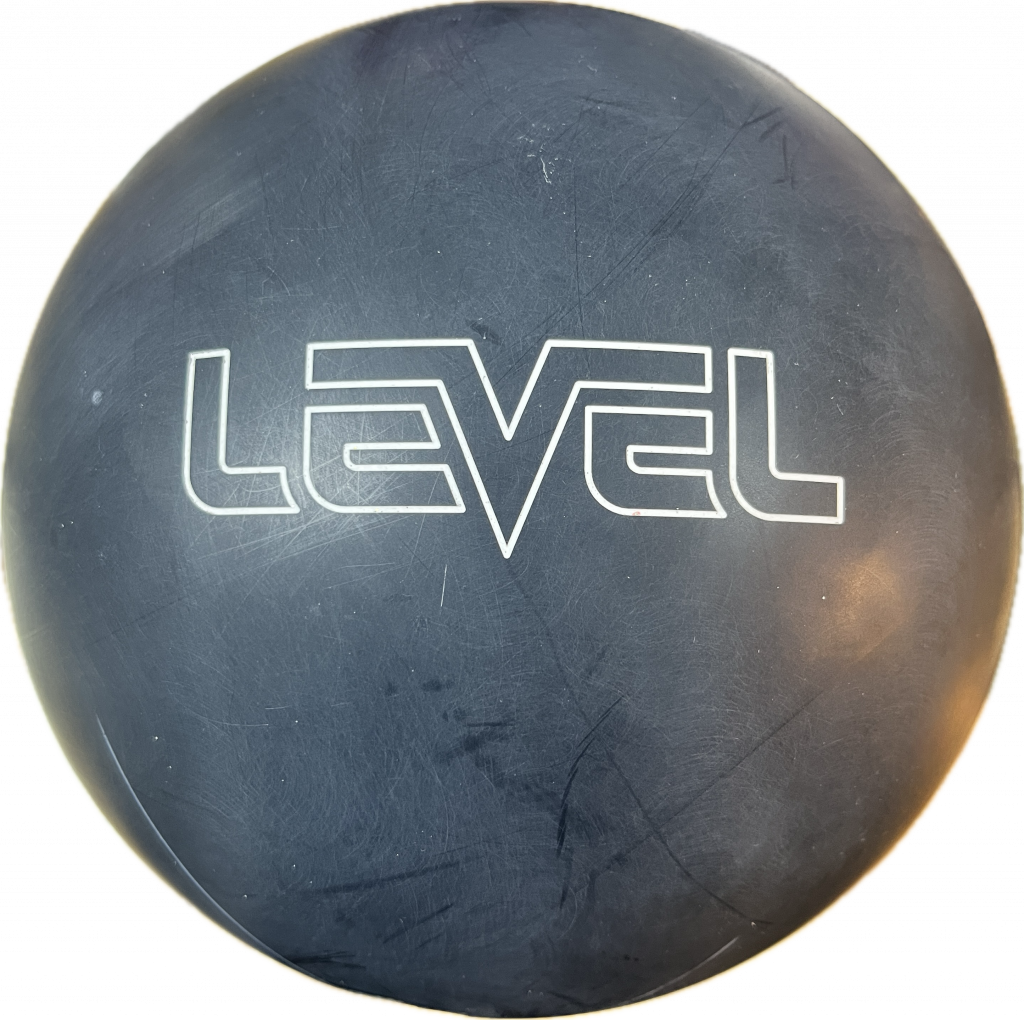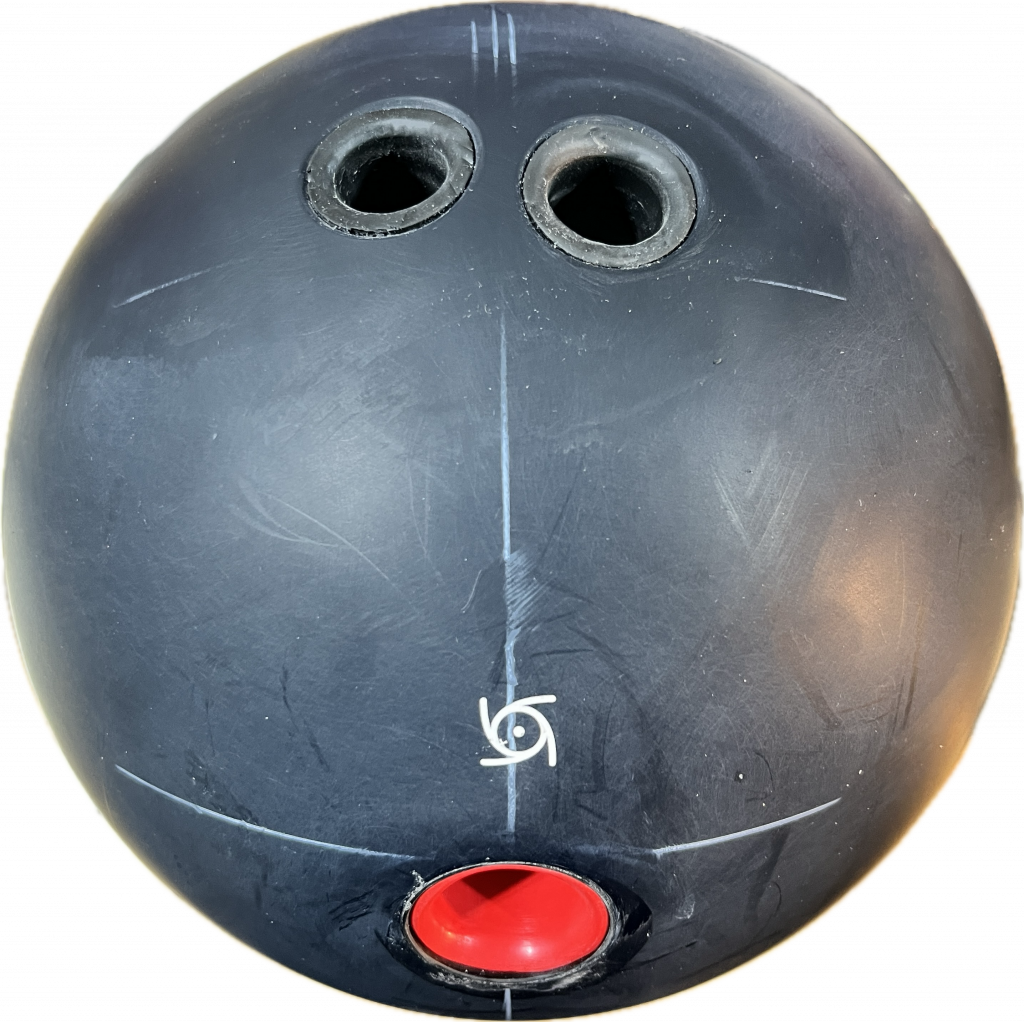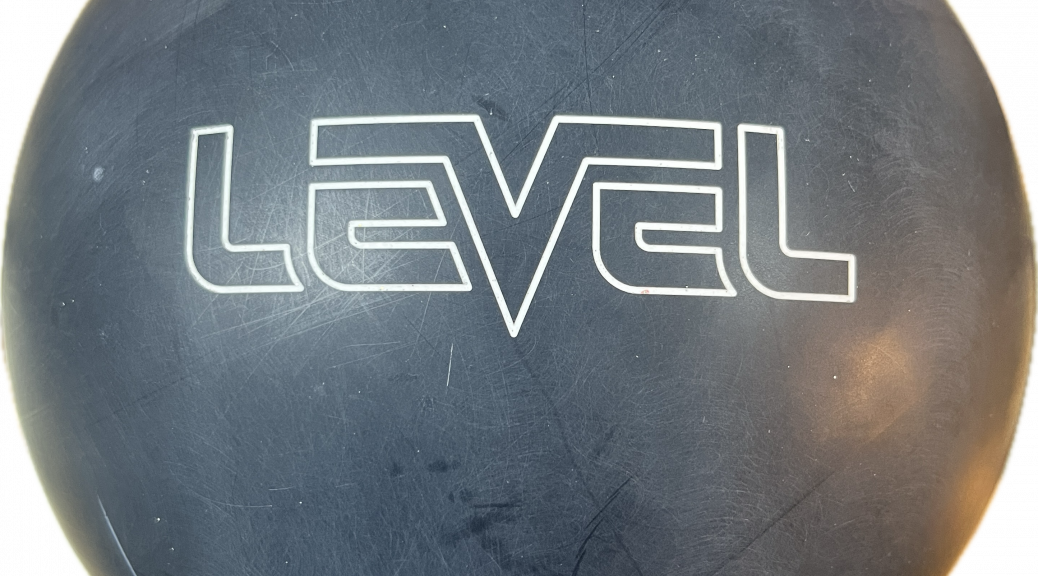

First Impressions
The Level feels like a strong urethane like motion. The boon will be if it legitimately holds surface for a prolonged period of time.
Tamer Elbaga (Lefty)
Style: Tweener
RPM: 330 rpm
PAP: 5 & 3/8 up
Average Speed: 18.5 mph (at release)
Axis tilt: low
Axis rotation: medium/high
Test Equipment: 14 Pounds
Layout: 50 x 5 x 45
Bryan Hoffman (Righty)
Style: Stroker
RPM: 280 rpm
PAP: 4 1/2 & 1 1/2 up
Average Speed: 18.5 mph (at release)
Axis tilt: high
Axis rotation: medium
Test Equipment: 14 Pounds
Layout: 50 x 5 x 45
Tyler Church (Righty)
Style: Power Player
RPM: 425 rpm
PAP: 5 1/2 & 1/2 up
Average Speed: 19 mph (at release)
Axis tilt: med
Axis rotation: medium
Test Equipment: 14 Pounds
Layout: 50 x 5 x 45
“Keep in mind that coverstock accounts for 70% of ball reaction, but the core creates the dynamic shape of the reaction. Your driller will alter the shape to suit your game.”
Pattern
THS: 42ft, 23ml
Sport: TBD
Specs
The Storm Physix Blackout uses the Atomic AI Asymmetric core inside the NeX Pearl Reactive coverstock.
15 pound = RG of 2.47 diff of .055, mb of .018
14 pound = RG of 2.52, diff of .054, mb of .016
Coverstock finish: 2000 grit abralon
Tweener’s Take
Right out of the gate, I’ll just outright say I was impressed by the Level. Normally I’m pretty objective and tell you what is happening which I will do, but I figured my voice will not hide my subjective enjoyment of this ball. Anyway getting into it, Storm creates a new overstock tech called Regenerative Polymer Matrix or RPM, solid in this case. If you want to know more about the technicals, Storm has several videos on it. But the idea is to give you that reliable urethane type reaction but not using urethane. Motiv has used what they call Microcell Polymer. In Motiv’s case, MCP absorbs oil slowly, but faster than urethane. However, it typically lane shines quickly. The Duramax additive is supposed to help that. But back to Storm’s new RPM, the idea is to absorb oil quickly like reactive, maintain surface finish like urethane, and give the controlled motion of urethane. There will be someone who’ll measure oil absorption and actual surface finish. Visually it didn’t look like it changed surface much at all over 10 games so far.
As you have probably noticed already, it definitely has the control urethane motion. It’s very clearly stronger than the 78U which is almost completely closed angles urethane type motion. That ball actually lane shines super quickly as well. The Level has that early read with a very smooth predictable transition and roll. It very clearly telegraphs what it’s going to do. But the special thing for me so far is hits pretty well with incremental moves. Typically there is a wall for urethane balls where you get that one move that leads to buckets. I had more incremental moves available with the Level before that would happen. As you can see, if I miss in once i’m also in leads to pretty soft hits as there’s too much oil there but interestingly I still had more carry. I don’t know if this is luck of more energy transfer. Doesn’t really matter, it was fun to see. This is the first ball in a while that made the house shot here feel downright easy for me on the left side.
Power Player’s Perspective
With Tyler you can see the same motion as you would expect. Same behavior but with his slightly rev dominant style, he gets more motion overall. Very control motion, no denying. It does give a bit more drive than the typical urethane. So it’s definitely possible to leave 4 pins or 6 pins on my side. You can see that as Tyler squares up, it drives harder. He continues to move right to test how square he can be before he’s in too much of the house shot wall friction. He finds that around 12 at the arrows. The ball has the early heavy roll that a big surfaced ball would have as you would expect with 1000 grit but then gives a reliable arcing backend motion. The thing I want to try to address is how patterns transition. I’ve said this before, transition is highly affected by any ball with low flare as they tend to drag oil down lane. I think the Level is no exception as it is a very low diff core that will not flare much. So we do see Tyler start to get a bit softer hit and having to square up more.
Stroker’s Stance
For Bryan, this was another eye opener regarding the assessment of the Storm Level. Bryan had a decent look up the 2nd arrow. As you would expect, Bryan had to stay in or very close to the dry to make sure he had the right motion. But I would say he wasn’t much more square than he typically would be with surfaced balls. In fact he probably was a bit more square overall with the Zen 25. I’d say Bryan generally enjoyed testing the Level as it offered something he typically doesn’t see, decent reaction and carry from a urethane-like ball. It’s a rare one that he would actually consider keeping around but generally speaking, he can control stronger balls so no reason not to take advantage of those.
Bottom Line
Big picture, I think there is something to really mull over further with the Level. It generally fits into the specialty category in my arsenal building. I feel like it’s possibly a ball that I could keep in my bag for every sport pattern. On the left, I always want something that I can keep in front of me to manage the lanes and this is a step up from the Purple Hammer which will likely make it more usable for me. We’ll see. I think we’ll have to do a longer term report card on this one.
Thanks for watching.

